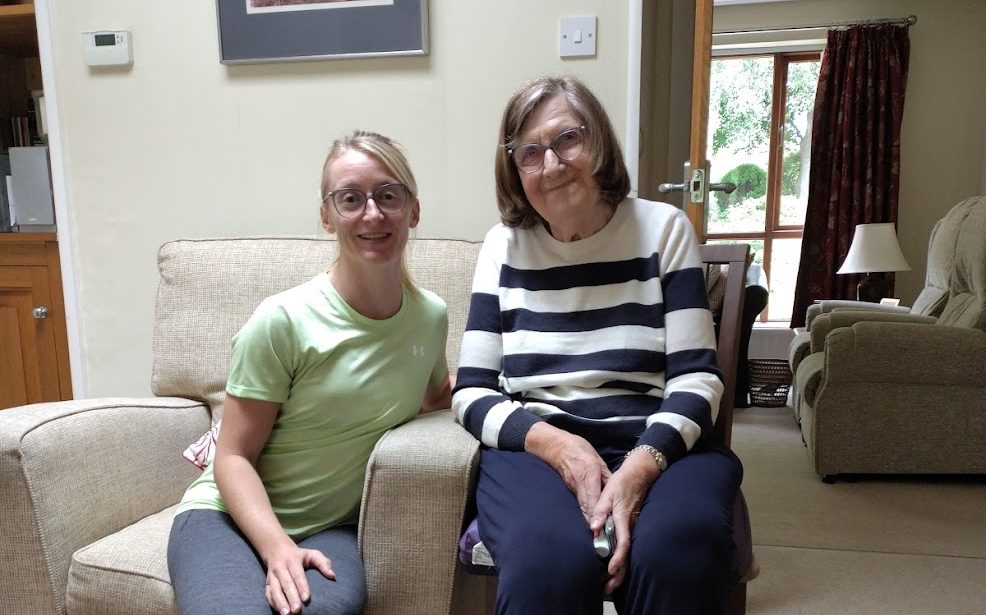If you’re an autistic adult exploring long-term support options, two of the most common arrangements are live-in support and supported living. Both can provide structure and assistance, but they work in very different ways. Understanding these differences can help you decide which might be the better fit for your lifestyle and preferences.
Live-in support
Live-in support means that a trained support worker lives with you in your own home. This provides consistency and one-to-one assistance, with routines built entirely around your individual needs and preferences. For many autistic adults, this arrangement works particularly well if you value familiar surroundings, minimal disruption, and a predictable structure.
Daily life in this arrangement is flexible and responsive to your needs. Your support worker can assist with personal routines, meals, medication, or sensory regulation strategies. They can also support social activities, hobbies and outings, adapting to the pace that feels comfortable for you. Because the support focuses on you alone, you and your support worker can address changes in your wellbeing, mood or health immediately.
Supported living
Supported living usually means you live in a shared house or individual flat, sometimes alongside other people with additional needs. Staff provide support, which might be 24/7, but the team works with multiple residents rather than focusing solely on one individual.
This setup can promote independence, especially if you enjoy being part of a small community. There may be opportunities to build friendships, join group activities, and share resources. However, it can involve compromises, such as adapting to other people’s routines or dealing with higher levels of change if staff rotate frequently.
Choosing between them
Both models can offer effective support, but the choice often comes down to your personality, lifestyle and priorities. If you thrive on routine, familiarity and one-to-one support, live-in support may provide the most suitable environment. If you value a sense of community and shared experiences, supported living might feel more fulfilling.
You might also want to consider practical factors such as location, funding, and how much control you want over day-to-day decisions.
There isn’t a single “right” answer. The best choice is the one that supports you to feel safe, understood and able to live your life. Many people find it helpful to visit different settings, talk to providers, and take time to consider what matters most to you.
If you’d like to learn more about live-in support and how it might work for your situation, our team at Promedica24 is here to discuss the options. Call 0800 086 8686, email care@promedica24.co.uk, or request a callback to speak to a member of our team.
More from our blog


Managing Sensory Needs at Home: Working with Your Live-in Support Worker
Your home should be a place where you can relax, unwind and feel comfortable. When you have live-in support, establishing clear communication about your sensory needs helps create an environment that truly works for you. Understanding your sensory preferences Autistic people can be much more or less sensitive to sensory experiences than non-autistic people, according […]
Read More

What Does Live-in Support Look Like for Autistic Adults?
If you’re an autistic adult considering your living options, you might be exploring ways to maintain your independence and live your life whilst having the right support in place. Live-in support offers a personalised approach that allows you to live in your own home with dedicated one-to-one assistance tailored to your needs and preferences. What […]
Read More

Referral Partner Spotlight: Activation Health
In this Spotlight, we share the work of Emma from Activation Health, a Specialist Public Health Nurse and Health & Movement Coach. One part of Emma’s work is supporting clients to improve mobility, confidence and independence, often in partnership with Promedica24 live-in carers. She discusses why early intervention is important, how to recognise when someone […]
Read More

